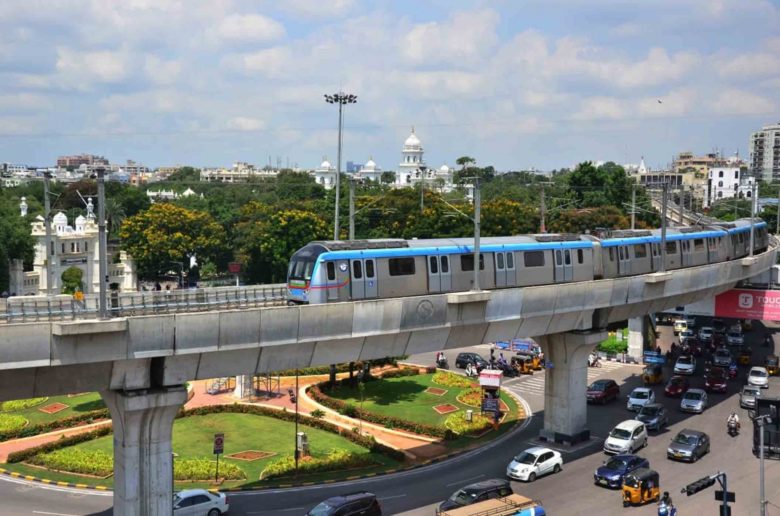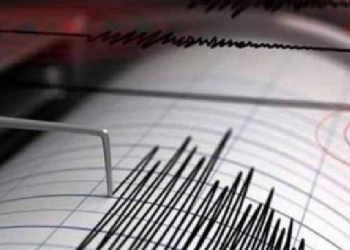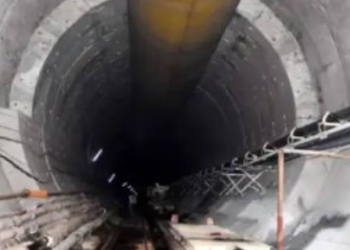New Delhi: Barring Delhi and Mumbai Line 1, most of the operational metros in cities including Bengaluru, Hyderabad, Lucknow, Chennai, Kolkata and Kochi have lower ridership than it is required for breakeven.
The term breakeven refers to the amount of revenue required to cover the total fixed and variable expenses incurred by a firm within a specified period of time.
Taking note of the dismal performance of the majority of the metro rail networks in terms of carrying passengers enough to breakeven even after six to seven years of continuous operations, a Parliamentary Standing Committee observed that it is mainly because of faulty DPRs, lack of proper planning to provide first and last mile connectivity and a few other reasons.
Bengaluru Metro had Actual Average Daily Ridership (AADR) of 1.48, 3.40, 4.52, 4.89 and 0.96 lakhs only in 2016-17, 2017-18, 2018-19, 2019-20 and 2020-21, respectively, against Average Daily Ridership required for breakeven of 7.65, 10.09, 12.32, 13.19 and 18.54 lakhs, respectively, in the same years.
Thus, Bengaluru metro has been constantly witnessing low ridership than it is required for breakeven.
Similarly, Hyderabad Metro has very low Actual Average Daily Ridership — i.e. 0.67, 1.26, 2.76, and 0.65 lakhs only in 2017-18, 2018-19, 2019-20 and 2020-21, respectively, against Average Daily Ridership required for breakeven of 19 lakhs for all these years.
Lucknow Metro also had Actual Average Daily Ridership of 0.537 and 0.258 lakhs only in 2019-20 and 76 2020-21, respectively, against Average Daily Ridership required for Breakeven of 0.943 lakhs for all these years. Thus, Lucknow metro also does not have sufficient ridership for breakeven.
“The dismal performance of the majority of the metro rail networks in terms of carrying passengers enough to breakeven even after six to seven years of continuous operations shows that faulty DPRs, lack of proper planning to provide first and last mile connectivity, provision of parking at metro rail stations, need for increasing catchment area, etc.
The Committee are of the view that if metro rail projects are to be made as mass transportation medium in true sense and operate them on sustainable basis the commuters are to be weaned away from using private vehicles, a compelling proposition should be made available to them in terms of comfort, convenience, quality, affordability and reliability, etc, said the report.
The Committee recommended the Ministry to deliberate upon the reasons for low ridership and take concrete steps to increase ridership of all metro projects. It also asked to ensure that ridership estimation which forms the basis for selection of type of metro (conventional or metrolite or metroneo) must be accurate and be realistic to the extent possible.
The Committee also noted that Kolkata Metro had Actual Average Daily Ridership of 5.40 to 5.84 lakh only in pre-Covid times against 15 lakhs required for breakeven.
Thus, actual ridership is merely one-third (approx) of the ridership required for breakeven. Kochi Metro too had Actual Average Daily Ridership of 0.35, 0.35, 0.51 and 0.19 lakhs only in 2017-18, 2018-19, 2019-20 and 2020-21, respectively, against Average Daily Ridership required for breakeven of 0.59, 0.40, 0.64, and 1 lakh, respectively, in the same years.
(IANS)



















